In the case of an older vehicle as our photo shows, you're probably going to wind up dead.
It shows the result when two Holden Astras collide head on — one of them an early, rebadged 1989 Nissan, the other a modern 2003 European-designed Opel, complete with airbags.
The test was conducted at the RTA's Crashlab facility in western Sydney and the results are not pretty.
Fotunately, car safety has come a long way in recent years.
Back in the 80s when the Nissan was built cars simply did not have the same kind of structural integrity as they do today and they certainly weren't equipped with airbags — at least this one wasn't.
These days cars are constructed around an extremely strong safety cell, around which the car is designed to crumple progressively while preserving the safety of those inside.
That's the first and main line of defence.
The second is the seatbelt which is designed to hold occupants in their seat, preventing them from being thrown forward and out of the vehicle or striking their head or any other part of the body.
The third and most recent line of defence is the airbag which provides a gas filled cushion between the occupant and the car, or any objects that intrudes into the safety cell.
The bag deploys in a split second as contact occurs, but stays inflated just long enough to do its job.
Airbags significantly reduce the risk of serious or fatal injury, although there are minor risks from their deployment in low speed crashes.
Check out the full shocking video of the two Astras crashing head on at a speed of 64km/h if you go to our website.
Initially conceived as a replacement for seatbelts, airbags were introuced for passenger cars in the mid 70s in the united states when seatbelt use was very low.
Benz patented the device in 1971 but it was not introduced in a production model until 1980 with the high end S-Class.
In Australia, Holden put the first airbag in a Commodore in 1993.
Rather than a replacement for the seatbelt, the airbag is now regarded as a supplementary restraint system which is why they are referred to as SRS airbags.
There are three main kinds of airbags - front, side and curtain.
Recently however some manufacturers have also started to introduce knee bags to protect the legs from contact with the steering column and underside of the dash.
Back to our crash test . . .
The two cars ram into each other at a speed of 64km/h which with the combined force of the two vehicles coming together actually adds up to a 128km/h impact.
60km/h is not all that fast but all things considered it doesn't look very good for the occupants of the older astra does it?
You can see the way they are thrown around and how the older vehicle is more extensively damaged, although neither will be going anywhere again.
Back then seatbelts were made of stretchier material too with a bit more give in them and, despite wearing a belt, you can see how the head of older car's driver strikes the steering wheel.
According to the experts at the Crashlab, you'd have a 90 per cent chance being killed in the older car - and that's just in a 60km/h crash.
If you were in the newer car and you were young and fit, you'd only have a 10 percent change of dying.
Imagine what would happen if you were going faster?
They'e not very good odds and we reckon that's reason enough to ditch that old bomb now before it ditches you.






.jpg)



.jpg)
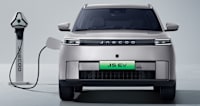

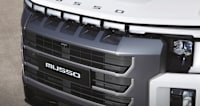

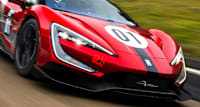
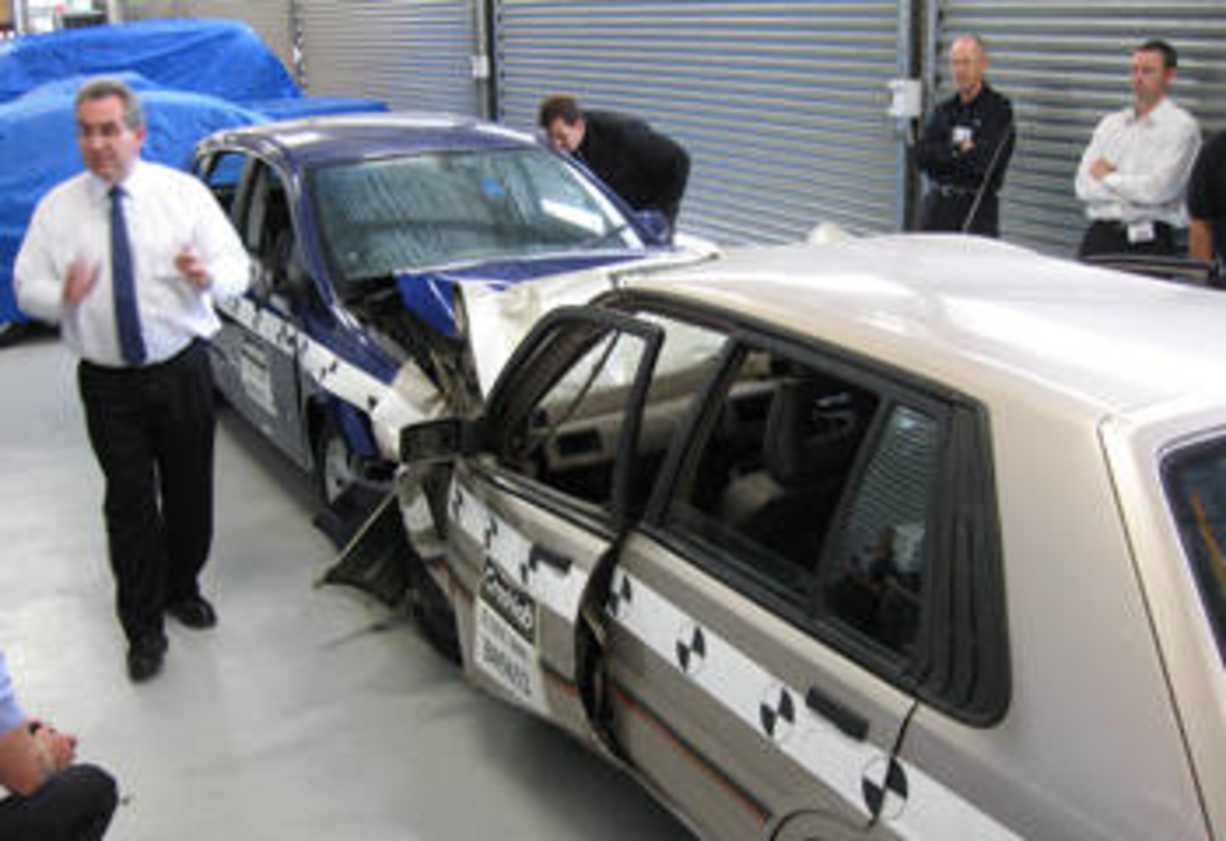

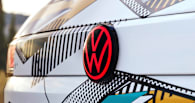
.jpg)
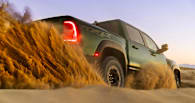
.jpg)
.jpg)



.jpg)